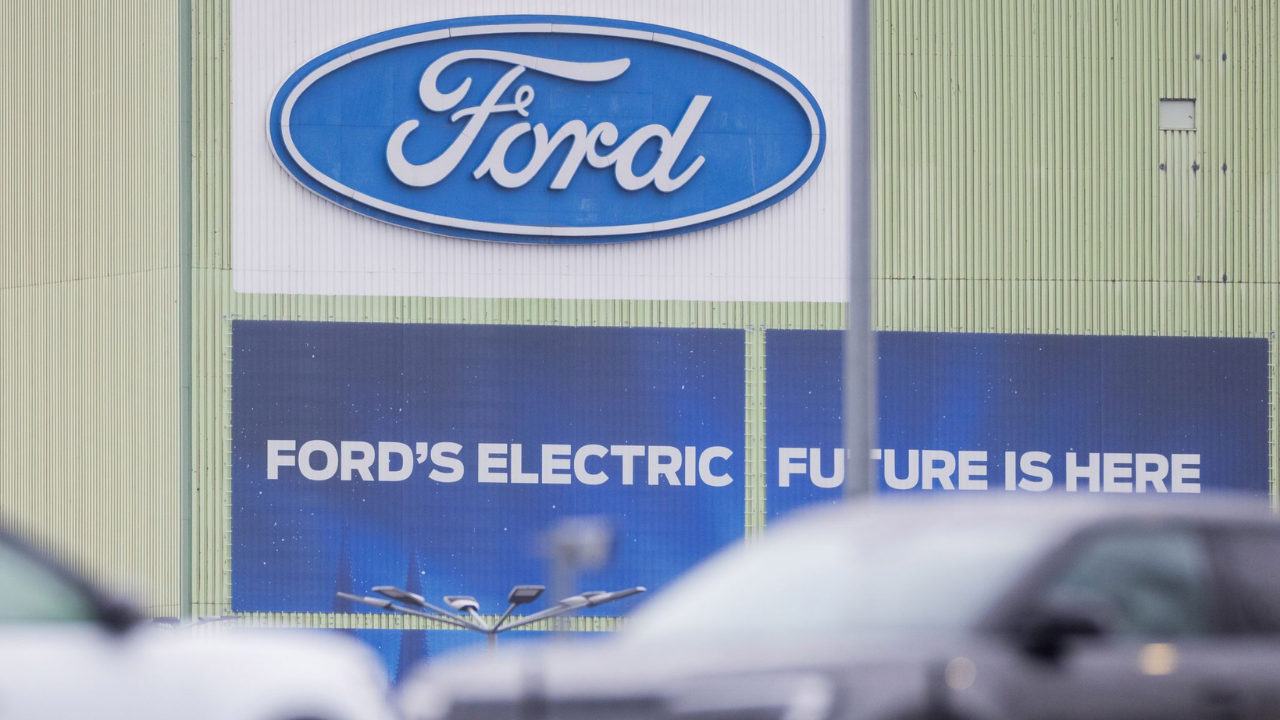
Following the IRS’s September 30 acquisition cutoff, Ford announced on October 9, 2025, that it would follow General Motors in eliminating the $7,500 federal EV lease tax credit from being passed to U.S. consumers. This effectively eliminated some EV models from being eligible for the credit. Due to this tactic, lessees forfeit up to $7,500 in federal savings, which results in higher monthly lease payments or the requirement for dealers to provide substitute incentives.
Ford’s decision to no longer claim the EV tax credit signals a shift from supporting the program to revealing the conflict between its ambitious electric vehicle rollout and unprofitable operations. This underscores the financial strain automakers face when subsidizing EV leases with narrow profit margins and rising costs.
The Impact of EV Tax Incentives and Their Historical Basis
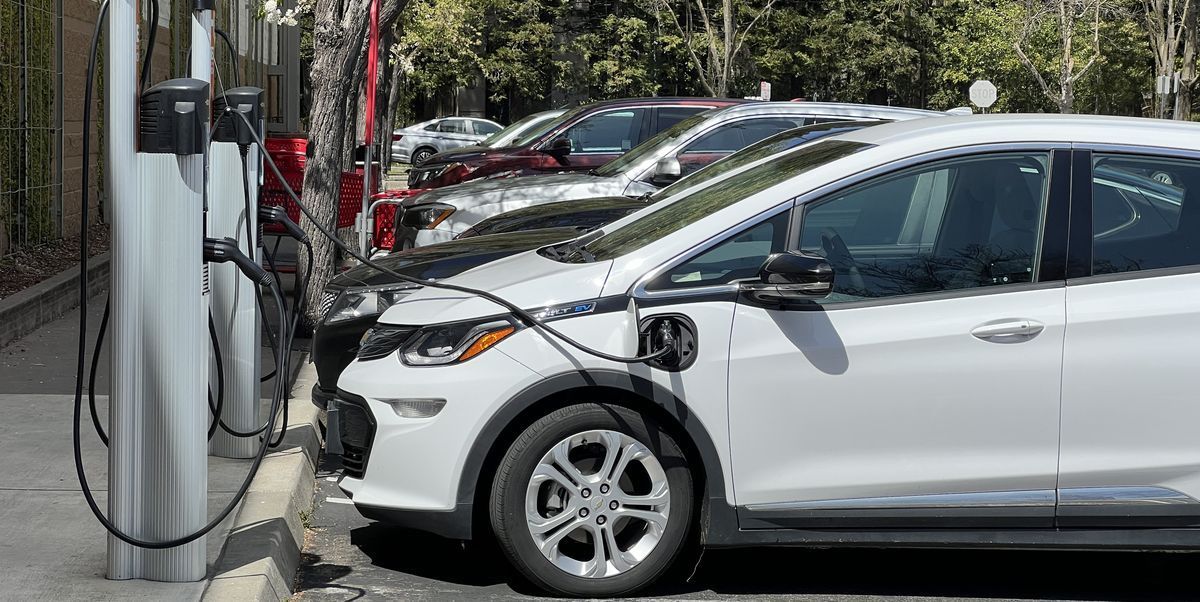
Federal EV tax credits were introduced in 2009 with the goal of encouraging adoption by compensating for the high initial cost of EVs. For early buyers of electric cars, the $7,500 credit was crucial in fostering technological advancement and industry expansion.
The lease-pass-through mechanism of the credit, however, left manufacturers with unclear cost burdens and frequently forced them to absorb losses. The recent decision by Ford and GM to stop transferring these credits to lessees marks a tipping point.
Economic Pressures on Automakers and Market Trends in EV Adoption

Automakers like Ford and GM report staggering losses on many models due to costly batteries, supply chain volatility, and software complexity, despite the fact that consumer interest in EVs has increased. The $7,500 tax credit was passed through leases, which turned into a financial burden that forced businesses to pay for subsidies at the expense of their bottom line.
This situation demonstrates that EV profitability remains difficult unless automakers achieve significant cost reductions or improved incentives. Companies must weigh the need for financially sustainable business models against their public electrification commitments.
Implications of Eliminating Lease Tax Credits for Consumer Behavior and Psychology
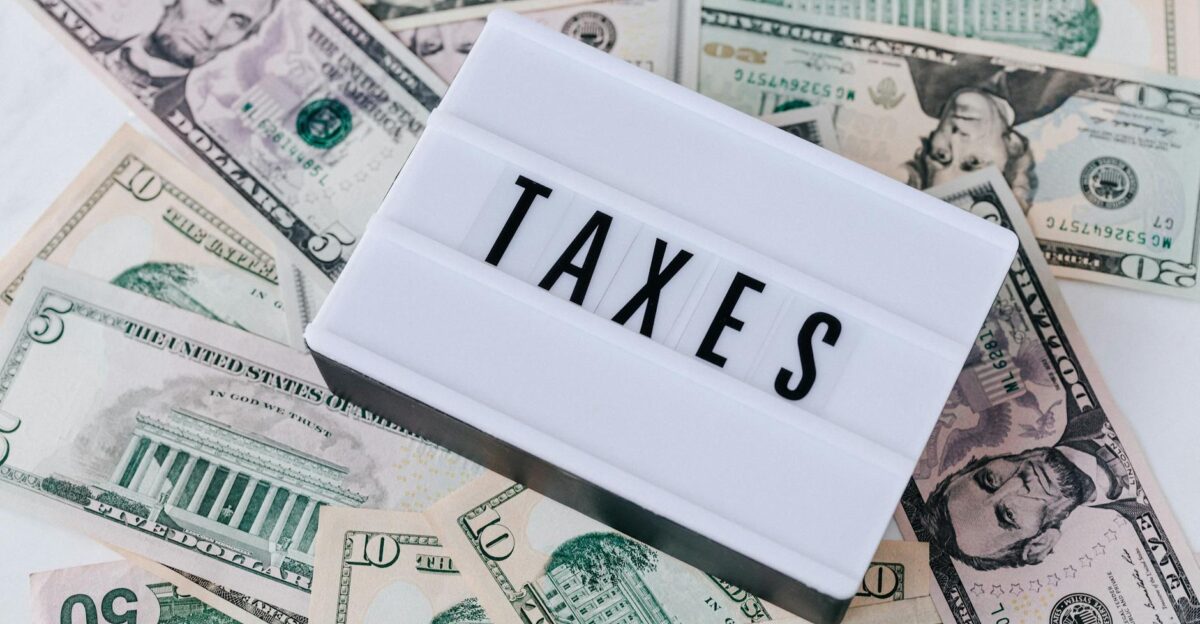
When the $7,500 credit expires after September 2025, consumers who were drawn in by the upfront savings now experience uncertainty and cognitive dissonance. This sudden change in policy could reduce enthusiasm and complicate purchasing decisions by undermining confidence in both government incentives and automakers. According to psychological research, consumers may undervalue erratic benefits and react negatively to shifting incentives, which could slow the pace of EV adoption.
However, these market corrections may also reorient consumer expectations away from short-term subsidies and toward sustainable pricing that raises perceived vehicle value, ultimately leading to more intelligent buying decisions.
Why Refusing to Give Credit Could Hasten Genuine Innovation
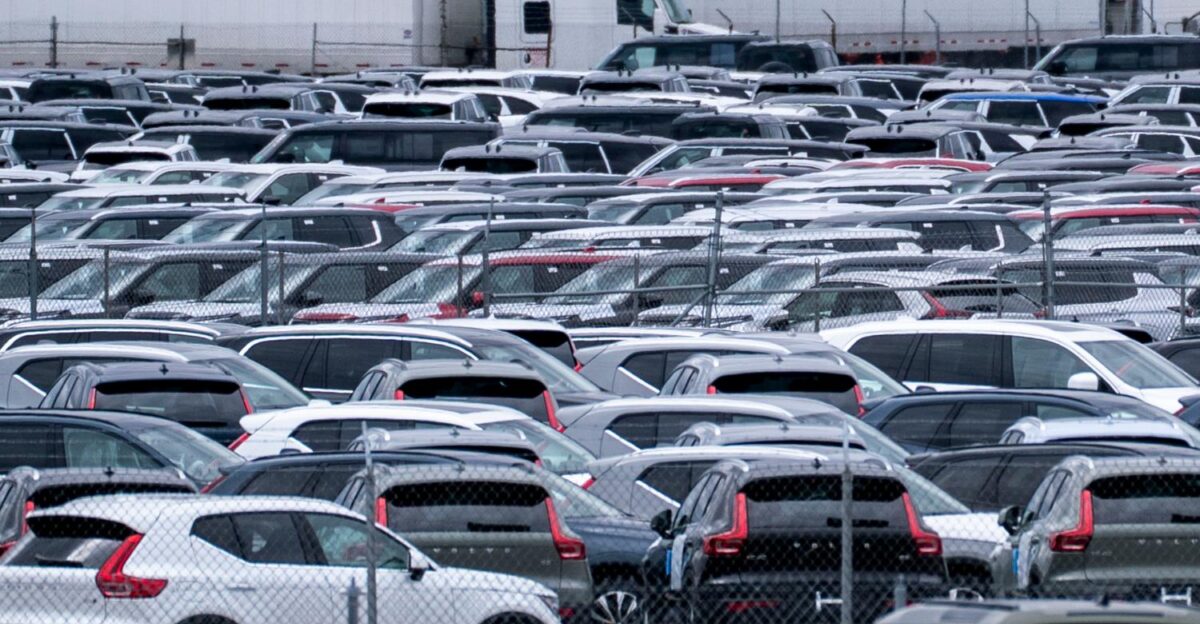
Contrary to popular belief, which laments the loss of tax credit pass-through as an adoption barrier, this action may actually hasten cost containment and technological advancements.
Manufacturers are under pressure to innovate rapidly in the areas of battery technology, manufacturing efficiency, and vehicle design in the absence of subsidies. The auto industry’s past experiences demonstrate that times of limited funding frequently result in significant advancements.
Losses Are Increased by Supply Chain and Raw Material Costs
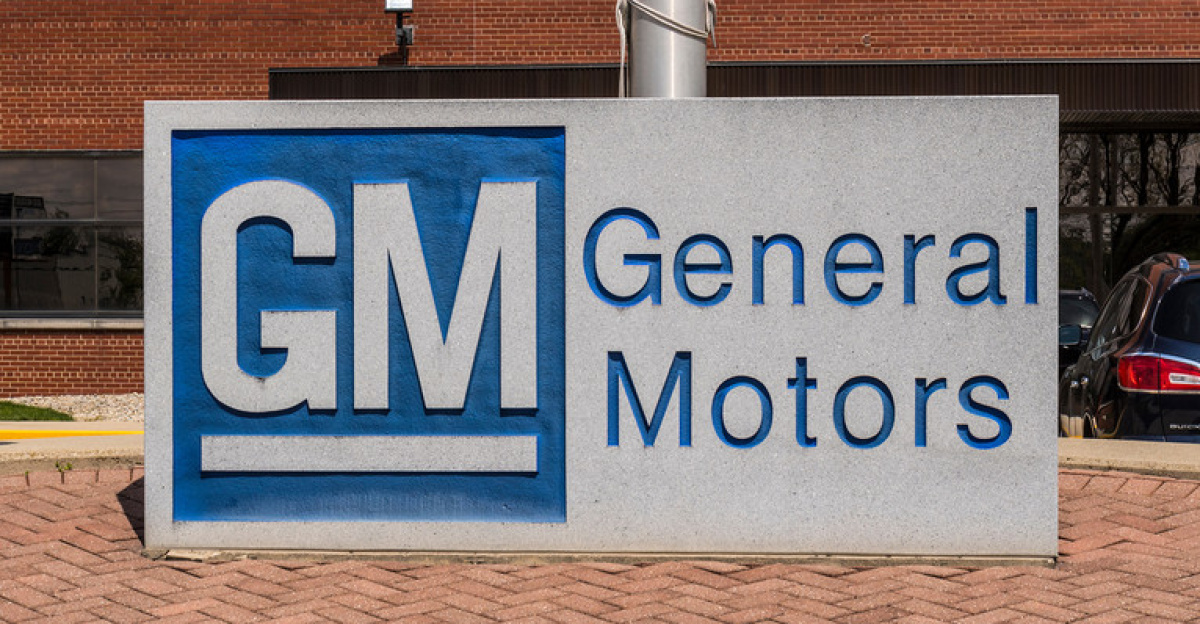
The skyrocketing prices of lithium, cobalt, and nickel, essential battery metals dealing with supply shortages and geopolitical instability, are a major factor in Ford and GM’s startling EV losses. These underlying cost pressures are no longer offset by the $7,500 tax credit pass-through.
Automakers struggle to keep prices competitive while dealing with a shortage of raw materials and growing production complexity. Deeper structural issues with electrification efforts that go beyond straightforward consumer incentives are brought to light by the IRS deadline, which compels them to give up a subsidy mechanism that is unfair and financially unsustainable given the current supply-demand dynamics.
Consumer Rewards

Automakers and dealerships are forced to come up with new incentive structures as a result of the elimination of the tax credit pass-through. To sustain sales volume, dealers will probably raise upfront discounts, finance offers, or include non-tax incentives. These replacements could, however, further reduce manufacturer margins or perplex consumers with ever-more-complex transactions.
The risks associated with dealer inventory management are increasing as certain models lose their appeal in the absence of tax advantages. This upheaval may accelerate dealership network consolidation or result in more aggressive vertically integrated sales models under direct automaker control.
Strategic Justification for GM and Ford’s Coordinated Timing

Ford and GM’s simultaneous withdrawals around the IRS deadline point to a calculated move to prevent price wars that could be harmed by unequal subsidy distribution.
Both businesses successfully level the playing field, safeguarding margins and preventing a race to the bottom on EV lease pricing by stopping the passing through of tax credits. This alignment signals to investors a commitment to controlled, sustainable growth rather than aggressive volume chasing, while also maintaining negotiating power with suppliers and dealers. Recognizing the boundaries of government policy and the convergence of industry realities in 2025 is a risky move.
EV Markets’ “Subsidy Dependency Paradox”

The “Subsidy Dependency Paradox” is demonstrated by the actions of Ford and GM, which hinder automakers’ capacity to develop self-sustaining EV business models as long as they rely significantly on government tax credits to lower consumer prices.
Due to this dependence, manufacturer profits are compressed and market expectations are raised, making businesses more susceptible to administrative or regulatory changes such as the IRS cutoff. In the short term, consumers suffer when this subsidy trap is broken, but industry resilience is increased. Therefore, Ford and GM’s decision to forgo tax credits is a strategic realignment toward financial stability and innovation independence rather than a retreat.
The Actual Price of EV Leasing After Tax Credit Removal
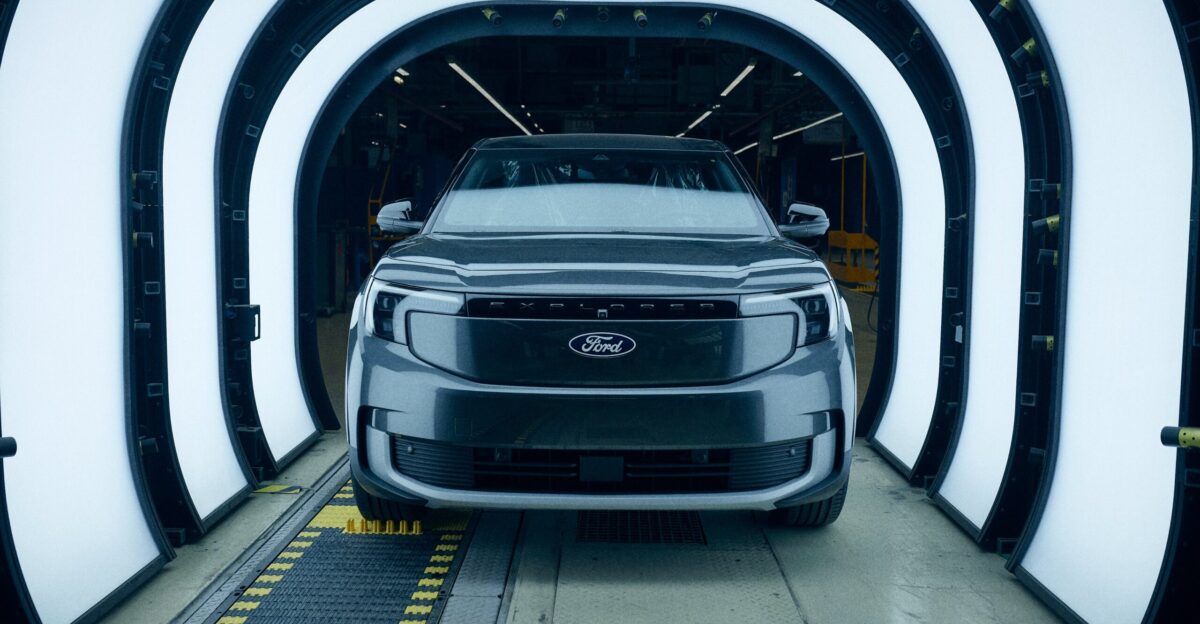
Industry analysts predict that lease payments for eligible EV models will rise by an average of $150 to $250 per month after the tax credit lease pass-through expires. According to independent estimates, if manufacturers fail to adequately replace these incentives, EV leasing activity may decline by 10–20% in 2026.
Without the leverage of federal subsidies, cost burdens are passed directly on to consumers, changing the affordability calculation and possibly slowing market penetration rates, at least temporarily, during a critical stage of growth.
Tesla’s Method In contrast to Legacy Automakers
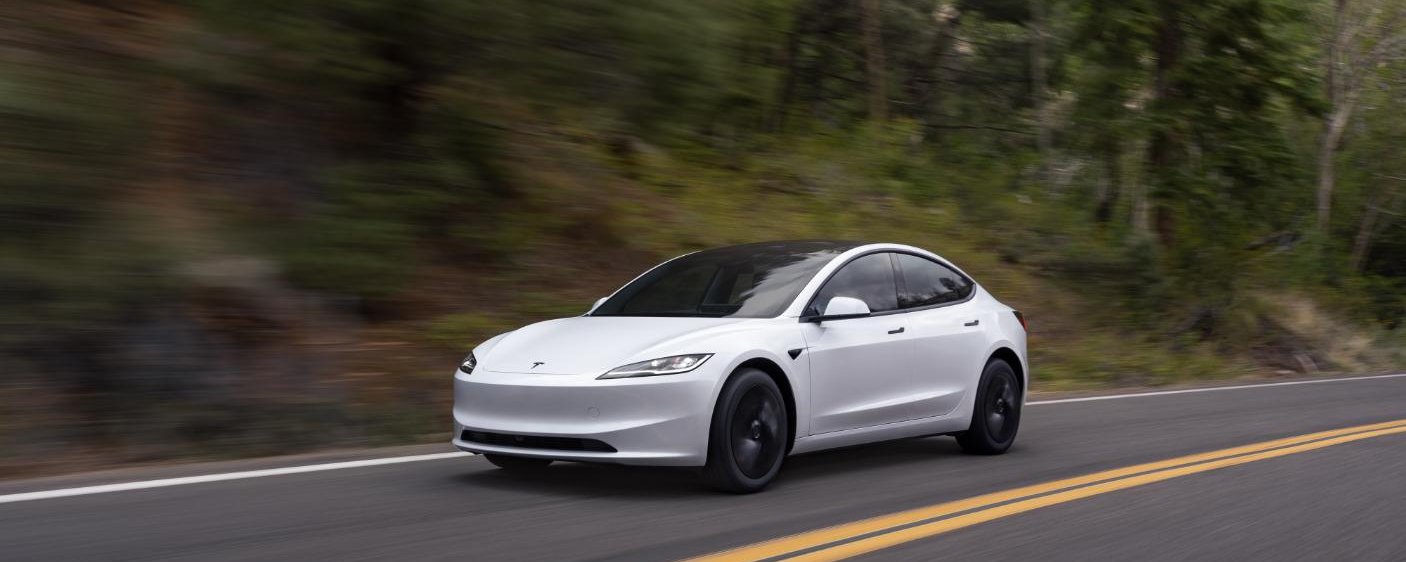
In order to concentrate on direct sales and cultivate brand loyalty through superior products and expanding charging infrastructure, Tesla famously avoided leasing its cars with tax credit pass-throughs. Tesla’s financial success demonstrates the contrast between sustainable business models and the loss-leader leasing tactics used by legacy automakers.
The removal of tax credits for Ford and GM may cause them to abandon short-term penetration strategies in favor of a Tesla-style business strategy that puts long-term profitability and customer retention ahead of volume driven by subsidies.
Similarities to the Transition of the Auto Industry in the Early 20th Century
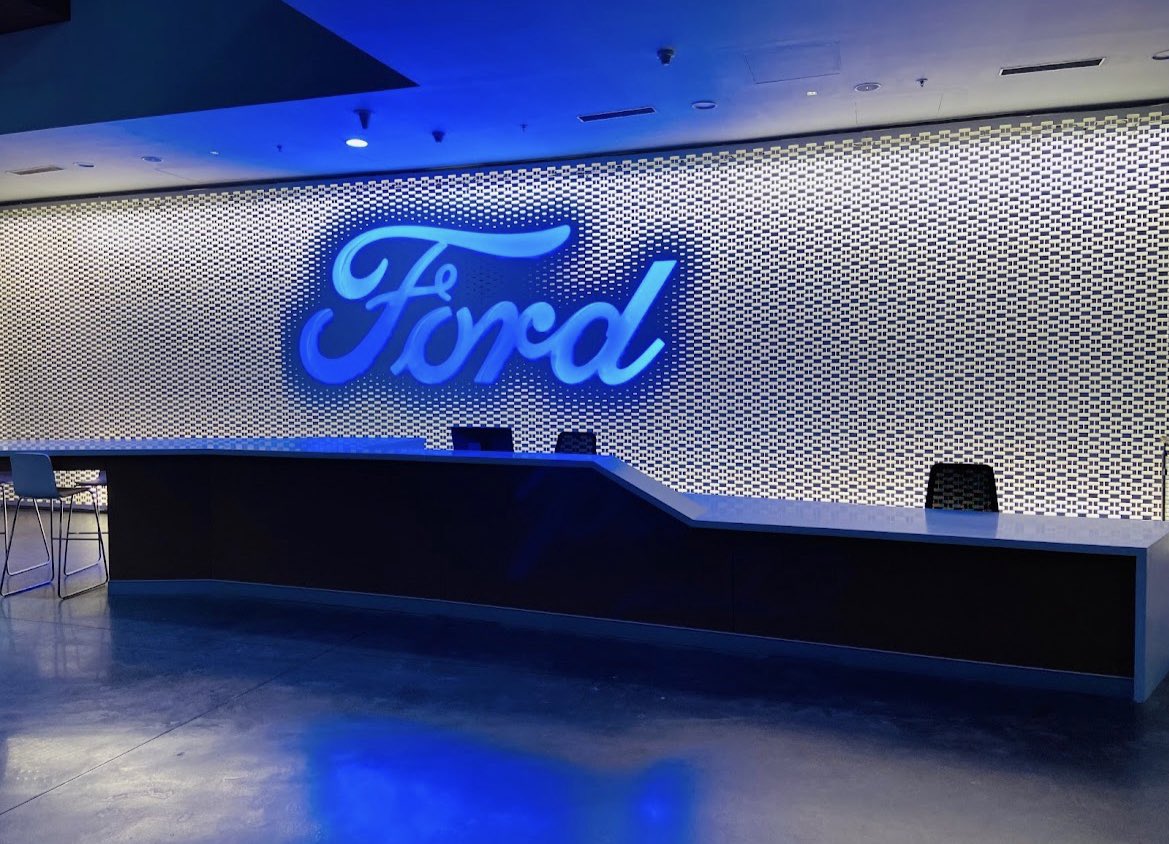
The current EV subsidy situation is similar to early automotive history, when manufacturers had to contend with skeptics, high vehicle costs, and a lack of infrastructure. Today’s automakers must deal with diminishing federal support, just as the industry survived the demise of state and local gasoline vehicle subsidies by inventing mass production and cost reductions.
Although there will likely be short-term pain and market disruption, Ford and GM’s decisions could signal a similar turning point, spurring a shift from outside assistance to competitive, self-sustaining electric vehicle markets.
Assessing the Political and Regulatory Factors Affecting This Transition
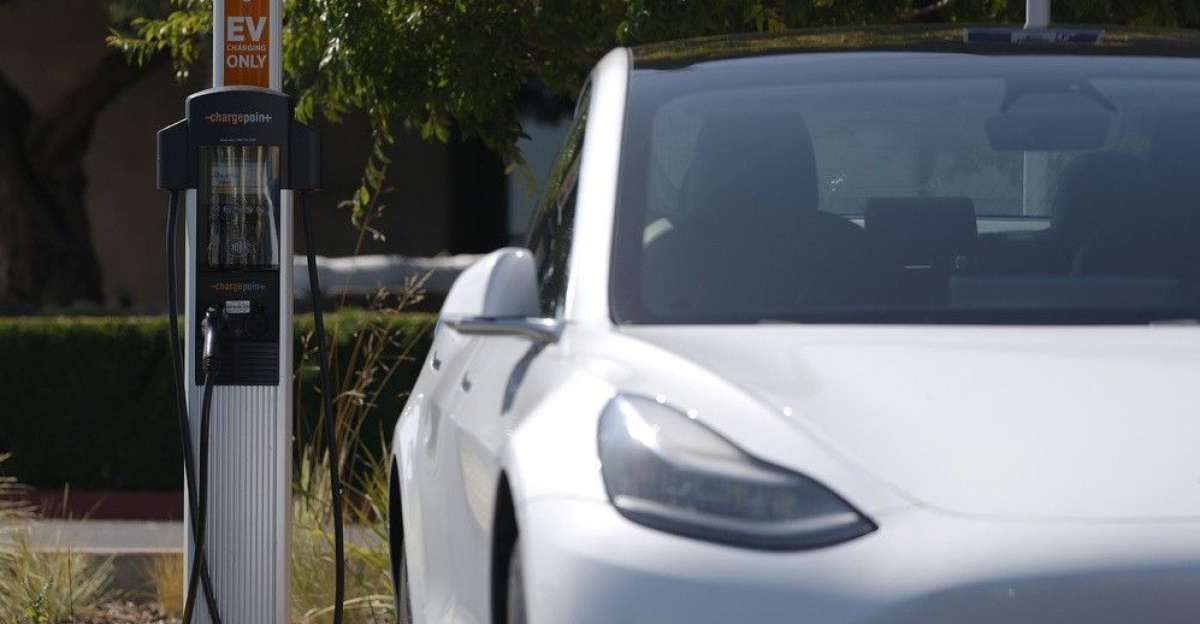
Tighter regulatory scrutiny of EV incentives is reflected in the IRS’s September 30 deadline, which aims to better redirect benefits and prevent abuse. Automakers must quickly adjust as a result of this change, which reflects political dynamics that prioritize environmental and financial responsibility.
The decisions made by Ford and GM anticipate future subsidy program budgetary restrictions and possible policy volatility. Such proactive actions could lead to bipartisan discussions about more complex and focused EV support mechanisms by forcing lawmakers to reconsider EV incentive designs in order to strike a balance between industry sustainability and climate goals.
Potential Long-Term Effects on the Industry of Eliminating the Tax Credit Pass-Through

Eliminating lease pass-through credits could encourage automakers to prioritize EV lines with real profitability over a period of several years, which would result in more targeted R&D and streamlined model offerings. Consumers may eventually come across fewer but more expensive EV options, which would speed up advancements in driver experience and battery cost.
On the other hand, without tax-based subsidies, less wealthy groups might have trouble accessing them, which could lead to the expansion of state or local targeted rebates. A two-tiered EV market distinguished by affordability and technological sophistication may result from this division.
Strategic Importance and Astute Industry Adjustment
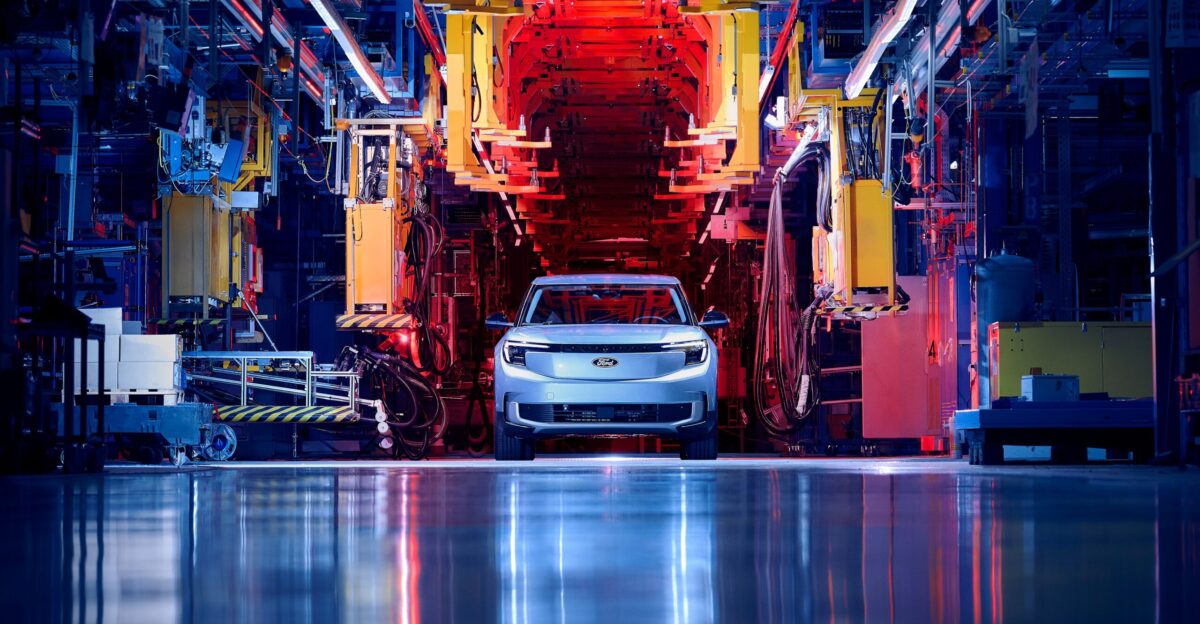
The $7,500 EV tax credit pass-through was discontinued by Ford and GM, which is a logical response to unsustainable financial losses and changing regulatory environments. This move forces a critical industry reset, advancing innovation, market discipline, and the long-term viability of EV manufacturing, even though consumers will experience short-term costs and confusion.
It reveals the nuanced, frequently unsaid reality that complicated industrial shifts cannot be sustained by government incentives alone. In order to ensure a resilient automotive future beyond ephemeral subsidies, sustainable electrification instead calls for an integrated strategy that strikes a balance between incentives, supply chains, consumer psychology, and rapid technological advancement.